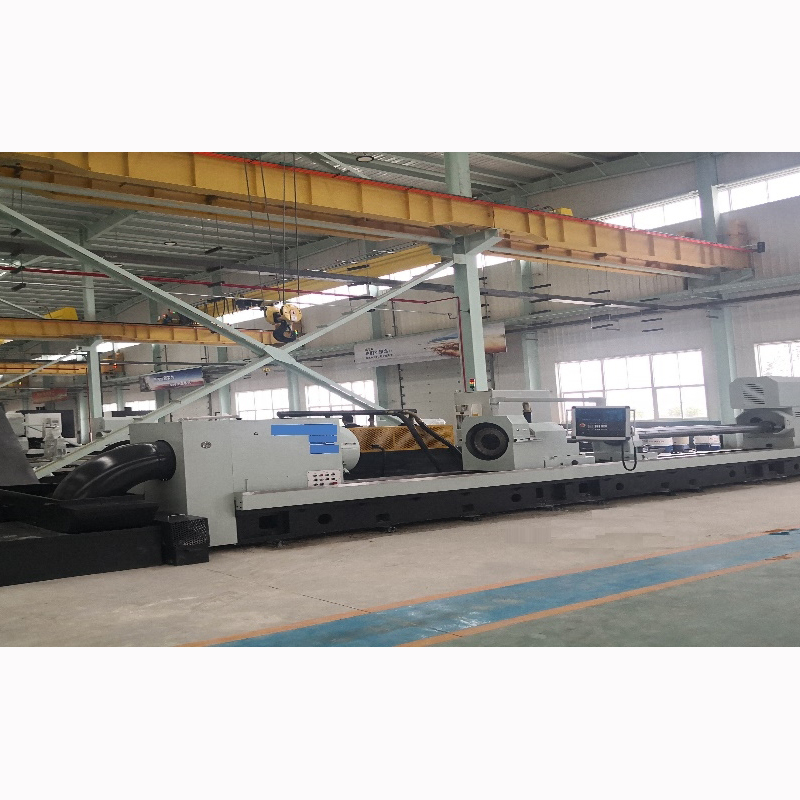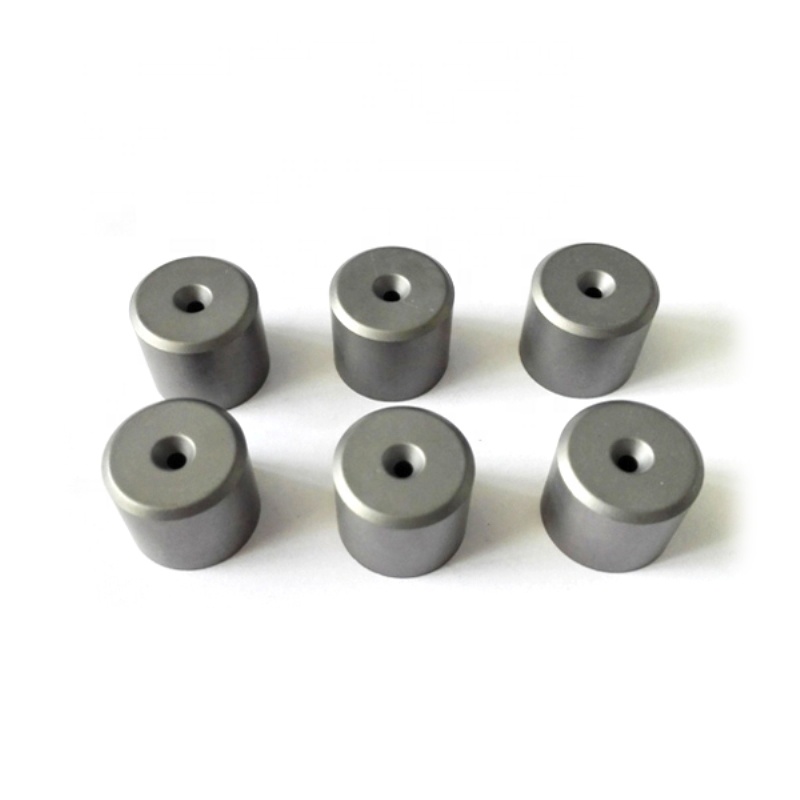RO water equipment / Reverse Osmosis equipment
General Introduction
The principle of RO technology is that under the action of higher osmotic pressure than the solution, RO water equipment will leave these substances and water according to other substances can not pass through the semi-permeable membrane. Reverse osmosis, also known as reverse osmosis, is a membrane separation operation that uses the pressure difference as a driving force to separate the solvent from the solution. Pressure is applied to the material liquid on one side of the membrane. When the pressure exceeds its osmotic pressure, the solvent will reverse osmosis against the direction of natural osmosis. Thus the low pressure side of the membrane to get through the solvent, namely osmotic liquid; The high pressure side produces a concentrated solution, that is, a concentrated solution. For example ,if the seawater is treated with reverse dredging, fresh water is obtained on the low pressure side of the membrane and brine is obtained on the high pressure side.
RO membrane
Reverse osmosis membrane is the core component of reverse osmosis water purifying equipment. It is a kind of artificial semi-permeable membrane made by simulating biological semi-permeable membrane. Reverse osmosis membrane has a very small membrane aperture and can intercept substances greater than 0.00001 micron. It is a membrane separation product, which can effectively intercept all dissolved salts and organic matter with molecular weight greater than 100, while allowing water molecules to pass through. Therefore, it can effectively remove dissolved salts, colloid, microorganisms, organic matter and so on. It can also be used for preconcentration of macromolecular organic matter solution.
Reverse osmosis membrane is usually divided into asymmetric membrane and composite membrane, mainly hollow fiber type roll type. Generally made of polymer materials, such as acetate fiber membrane, aromatic polyacyldrazine membrane, aromatic polyamide membrane. The diameter of the surface micropores is between 0.5~10nm, and the permeability is related to the chemical structure of the membrane itself. Some polymer materials are good at repulsing salt, but the water penetration rate is not good. The chemical structure of some polymer materials has more drophilic groups, so the water penetration rate is relatively fast. Therefore, an ideal reverse osmosis membrane should have proper permeability or desalting rate.
Parameters
| RO Water Equipment,Model& Parameters | |||||
| Model | Capacity | Power | Inlet&Outlet | Size(mm) | Weight(kg) |
| m³/H | (KW) | Pipe diameter(inch) | L*W*H | ||
| TOP-0.5 | 0.5 | 1.5 | 3/4 | 500*664*1550 | 140 |
| TOP-1 | 1 | 2.2 | 1 | 1600*664*1500 | 250 |
| TOP-2 | 2 | 4 | 1.5 | 2500*700*1550 | 360 |
| TOP-3 | 3 | 4 | 1.5 | 3300*700*1820 | 560 |
| TOP-5 | 5 | 8.5 | 2 | 3300*700*1820 | 600 |
| TOP-8 | 8 | 10 | 2 | 3600*875*2000 | 750 |
| TOP-10 | 10 | 11 | 2 | 3600*875*2000 | 800 |
| TOP-15 | 15 | 16 | 2.5 | 4200*1250*2000 | 840 |
| TOP-20 | 20 | 22 | 3 | 6600*2200*2000 | 1540 |
| TOP-30 | 30 | 37 | 4 | 6600*1800*2000 | 2210 |
| TOP-40 | 40 | 45 | 5 | 6600*1625*2000 | 2370 |
| TOP-50 | 50 | 55 | 6 | 6600*1625*2000 | 3500 |
| TOP-60 | 60 | 75 | 6 | 6600*1625*2000 | 3950 |
Working Process
The RO water system or RO water purifier from any RO water treatment plant, usually has below working process :
1.Raw water pretreatment: filtration, softening, adding chemicals, etc.
2.Reverse osmosis membrane module: through the reverse osmosis membrane module, the dissolved substances, microorganisms, colors, odors, etc. in the water are deeply removed.
3.Residue treatment: Filter the unfiltered water twice to remove the residue.
4.Disinfection treatment: The reverse osmosis water is disinfected with drugs to kill bacteria and ensure water quality safety.
5. Water treatment: finally provide high-quality reverse osmosis water.
Model and Parameters
Toption Machinery RO water filtration equipment , has our own brand, below
is the RO purifier equipment Model and Parameter:
Advantages and Applications
RO Reverse osmosis equipment has been developed rapidly in the past 20 years due to its advantages of good water quality, low energy consumption, simple process and easy operation. The main application areas of reverse osmosis equipment include:
1. Flowers and aquaculture water: flower seedling and tissue culture; Fish xing buckwheat colonization, beautiful fish and so on.
2. Fine chemical water: cosmetics, detergent, biological engineering, genetic engineering, etc
3. Alcohol drink water: liquor, beer, wine, carbonated drinks, tea drinks, dairy products, etc
4. Electronics industry ultra-pure water: monocrystalline silicon semiconductor, integrated circuit block, liquid crystal display, etc
5. Pharmaceutical industry water: pharmaceutical preparations, infusion, extraction of natural substances, traditional Chinese medicine drinks, etc
6. Quality drinking water: community, hotels, airports, schools, hospitals, enterprises and institutions
7. Industrial production water: washing glass water, automobile, electroplating ultra-pure water, coating, paint, paint, boiler softening water, etc
8. Seawater brackish water desalination: making drinking water from islands, ships and saline-alkali areas
9. Water for textile and papermaking: water for printing and dyeing, water for jet loom, water for papermaking, etc
10. Water for food processing: cold drink food, canned food, livestock and meat processing, vegetable finishing, etc
11. Circulating cooling water: air conditioning, smelting, water cooled air conditioning
12 .Swimming pool water purification: indoor natatorium, outdoor elephant view pool, etc
13. Drinking water: purified water, mineral water, mountain spring water, bucket bottled water, etc.






